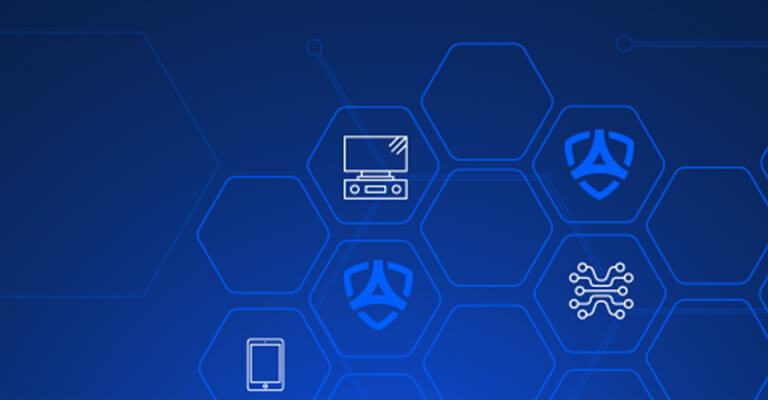Challenges
- Identifying and addressing vulnerabilities in applications
- Lack of cybersecurity awareness and security best practices training for software developers
- Lack of comprehensive incident detection and response capabilities
- Managing risk associated with security device misconfigurations
Best Practices



Educate employees about cybersecurity risks and best practices



Build a program to maintain the inventory of assets and manage the associated risk



Implement and maintain zero-trust network segmentation



Implement comprehensive vulnerability management program



Implement a comprehensive identity access and governance
Knowledge Is Power
How To Secure Wireless Networks
In this digital age, almost everyone has one or more internet-connected devices. With such devices on the rise, it is essential to have a well-planned cybersecurity strategy to avoid exploitation by nefarious actors. Suspicious entities can use connected devices to collect personal information, compromise financial data, steal identities, and secretly eavesdrop on or monitor unsuspecting users. However, if we follow certain precautions, we can prevent such activities. The risks associated with unsecured wireless networks, whether at home or business, are similar, and the key ones are:
Piggybacking: If your wireless network is not secured, you could expose yourself to intrusion by many unscrupulous users who could steal your personal information, conduct illegal activities or capture your web traffic data using your internet connection.
Wardriving: This is a practice where dubious people access your unsecured wireless networked device via an antenna-equipped computer. This is because the broadcast range of a wireless access point can make your internet connection available in the neighbourhood or the street.
Evil Twin Attacks: Here, the threat actor gathers information about a public network access point and then impersonates the system. Unsuspecting users connect to the stronger signal set up by the adversary than the legitimate access point.
Wireless Sniffing: Often, public access points are not secured, and the traffic they carry is not encrypted, putting your personal and sensitive information at risk. Unscrupulous people could use sniffing tools to gather such sensitive data.
Unauthorized Access: If you share files or folders over an unsecured public network, you could unwittingly allow malicious actors to access your file or folders by gaining access to your device.
Shoulder Surfing: Dubious people could peer over your shoulder and scan your screen while you are typing your password or sensitive information on your laptop or mobile. This problem can be resolved by purchasing a screen protector.
Theft of Mobile Devices: Savvy attackers could also steal your device to gain access to your data. It is better to have password-protected mobile or laptop devices and a mandatory login while gaining access to your data on the device or the cloud.
MINIMIZING RISKS TO YOUR WIRELESS NETWORK
Change Default Passwords: Generally, network devices, including wireless access points, are pre-configured with default administrator passwords to simplify setup. Changing default passwords often makes it harder for attackers to access a device.
Restrict access: As a rule, only authorized users should be allowed to access your network. A media access control (MAC) address is provided to every hardware connected to a network. By filtering these MAC addresses, you can restrict access to your network.
Encrypt Data: When you encrypt your wireless data, it prevents anyone who might access your network from viewing it. Encryption protocols like WPA, WPA2, and WPA3 encrypt information transmitted between wireless routers and devices.
Protect your Service Set Identifier (SSID): You should keep your SSID private so that outsiders cannot access your network. Change your SSID to something unique from the manufacturer’s default setup.
Install a Firewall: You can install a host-based firewall on your wireless device, a router or a modem-based firewall on your home network. A host-based firewall adds a layer of protection to the data on your computer.
Maintain Anti-virus software: Keeping your virus definitions up to date and installing an anti-virus is essential to protecting your network. Some anti-virus programs also protect you against adware or spyware.
Virtual Private Network: VPNs allow employees to connect securely to their network when away from the office. VPNs keep out traffic that is not adequately encrypted and encrypt connections at the receiving and sending ends.
Cybalt is at the forefront of providing business organizations with cutting-edge integrated security solutions that help protect their wireless networks from unauthorized access. With an enhanced emphasis on innovation, global reach and a skilled workforce, Cybalt is committed to enabling you to safeguard your organization from cyberthreats and secure your hard-earned growth.



Leave a commentOrder by
Newest on top Oldest on top